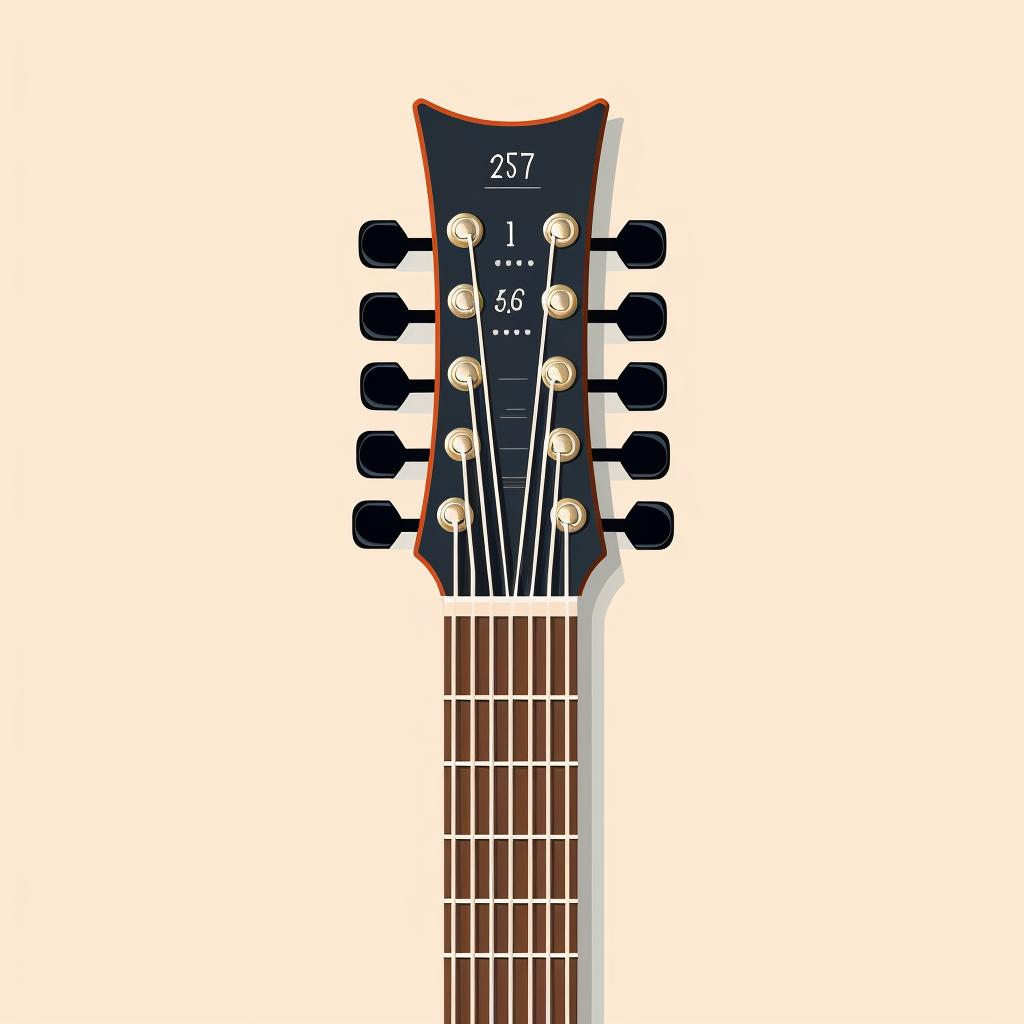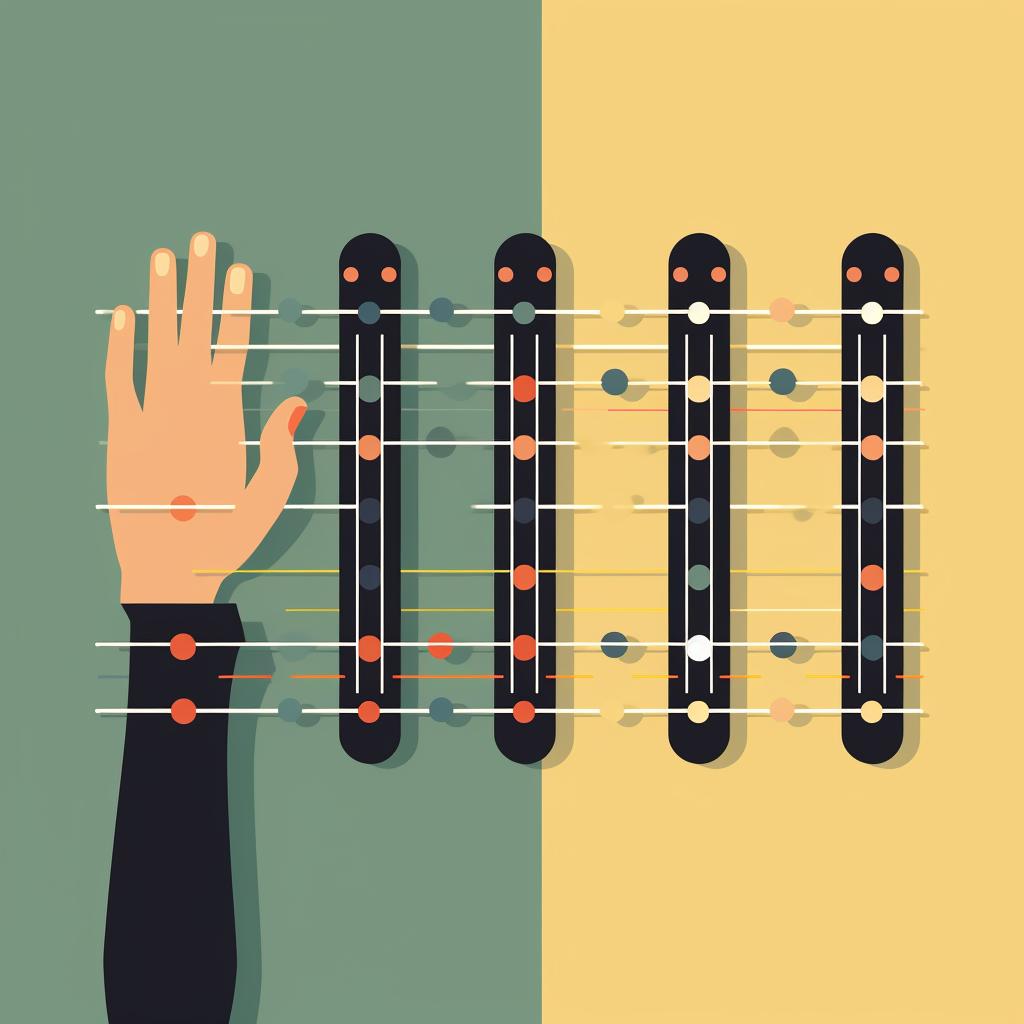🎸 Mastering the Major Scales: Finding the Root and Starting Your Journey
Unlock the world of music with the power of major scales! Our step-by-step guide above provides a clear path to mastering the major scales on your guitar. From understanding the guitar neck to locating the E string, finding the root note, and playing the major scale, we've got you covered. But let's delve a bit deeper into the world of guitar playing.
First things first, understanding your guitar's fretboard is crucial. This in-depth analysis will help you grasp the importance of each fret and string, and how they contribute to the beautiful melodies you can create. Remember, every fret on your guitar is a new opportunity to produce a different sound, and knowing where each note lies is the key to mastering your instrument.
As a beginner, you might be wondering, "What are some tips for learning how to play the guitar?" or "What advice do you have for beginning guitarists?". These FAQs are filled with valuable insights that can help you navigate your early days of guitar playing.
Once you've got a handle on the basics, you might be curious about music theory. Is it necessary? How can it improve your guitar playing? This FAQ answers these questions and more, shedding light on the role of music theory in your journey to becoming a proficient guitarist.
Remember, every guitarist's journey is unique. It's not about how fast you can play or how many songs you know. It's about the joy you find in every strum, every note, and every melody you create. So, pick up your guitar, follow our guide, and let's make some music!

















